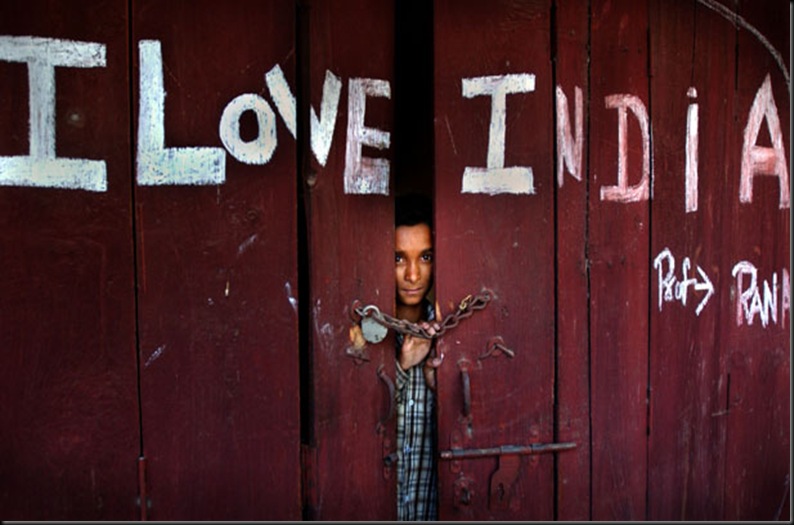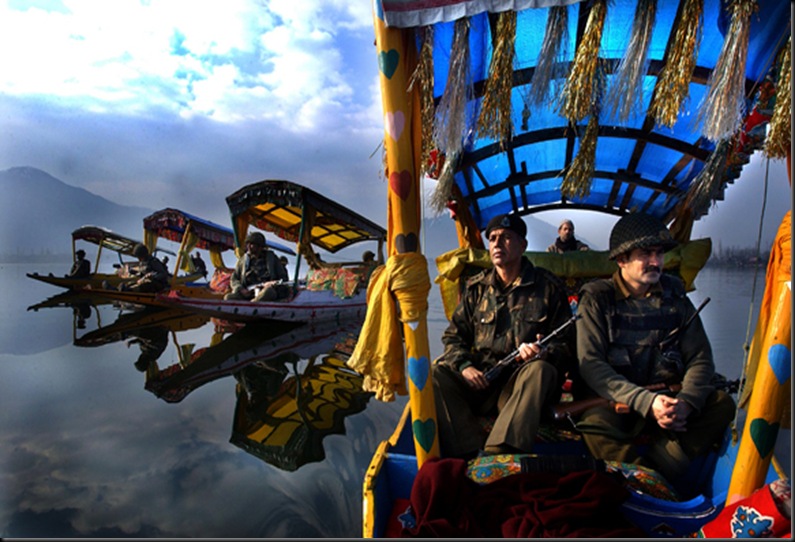Today Kashmir is more famous for being one of the world's most dangerous places, a potential nuclear flashpoint. There was a time not long ago when i twas known for its poets and writers more than its gunmen. Even in 1947, during partition, extremism never had a place in Kashmir and many attribute it to the fact that Islam was brought through the gentle persuasion of Sufi saints who always emphasized humanism and tolerance.
Sadly, this gentle spirit is being lost as two nations wage war over the small piece of land nestled like a pearl in a tumultuous region. India and Pakistan have shaped their foreign policies around events in Kashmir and the result is over 80,000 lives lost, mostly native Kashmiris, in the last 15 years alone, and a region under siege.
Srinagar, the summer capital now lies neglected and pockmarked with craters. Hotels have been turned into barracks, guns peek out behind broken glass windows and netting protects bleary-eyed soldiers from the frequent grenade attacks. The surrounding mountains, once lush and dotted with delightful Alpine cottages, sit quietly as structures deteriorate and collapse. Misery is the keystone to the Kashmiris’ way of life and the new generation, overwhelmed by anger, hatred and confusion, have only heard the language of the gun. The gaping hole of years of conflict have been filled with the corpses of young men and those spaces that remain free are being filled by a whole new generation who are turning away from moderate Islam. With close to 700,000 men in uniform in the Kashmir Valley and an unending death toll listed prominently on the front page of every daily newspaper in Kashmir, the unique richness of Kashmir's history and culture can only be revived by looking towards its peaceful past.
I wanted to understand Kashmir and delve below the reflections in its still lakes. The mountains were mirrored perfectly until the oar hit the water, a crack rippled through the reflection and one began to sense that all is not what it seems. These photographs are dedicated to all those who have died and to those that are living in the shadows of those deaths.













All images © Ami Vitale

Nessun commento:
Posta un commento